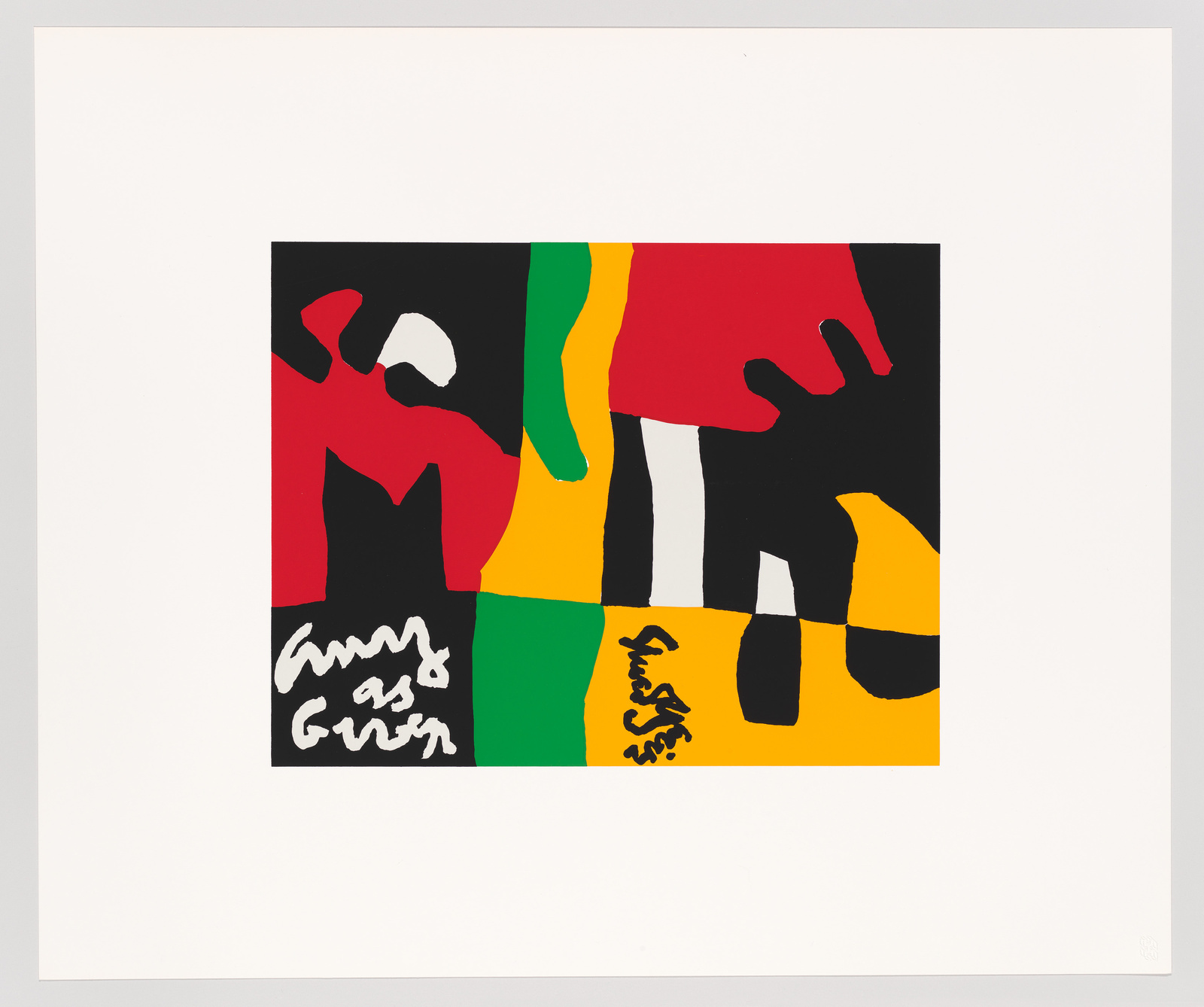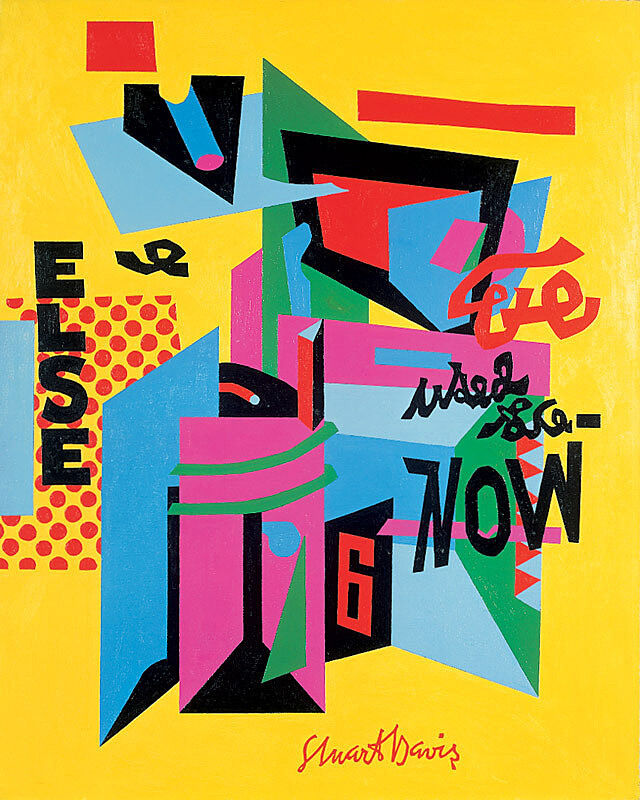Stuart Davis, Edison Mazda, 1924
June 10, 2016
0:00
Stuart Davis, Edison Mazda, 1924
0:00
Narrator: In Edison Mazda, Davis stands a bright blue light bulb against a flat, abstract background.
Barbara Haskell: He's elevating this banal object into an almost heraldic form, so that the still life becomes the icon of the picture. The whole idea of electric light was such a modern technology with which America was identified.
Narrator: For some artists and critics in the United States, abstraction was impossibly foreign—a French invention that didn’t translate in an American context. As Davis explained in a 1957 interview, that was never a concern for him.
Stuart Davis: When I went to art school in 1910-13, the modern movement in the United States was practically nonexistent, that is the opportunity to be familiar with it or to be a part of it was available only to people who’d been to Paris, and I wasn’t one of them. So the line of my development has always been in the realm of ideas, it’s always been sympathetic to what was actually being done in Europe, to put it frankly. At the same time I didn’t in any sense feel myself unrelated to my own surroundings as an American. I simply felt that the ideas which were intrinsic to modern art, and especially to the more structural aspects of it, which were first manifested in Cubism, I felt that that kind of attitude towards form corresponded to the dynamics which I lived in in New York, and in America in general.


